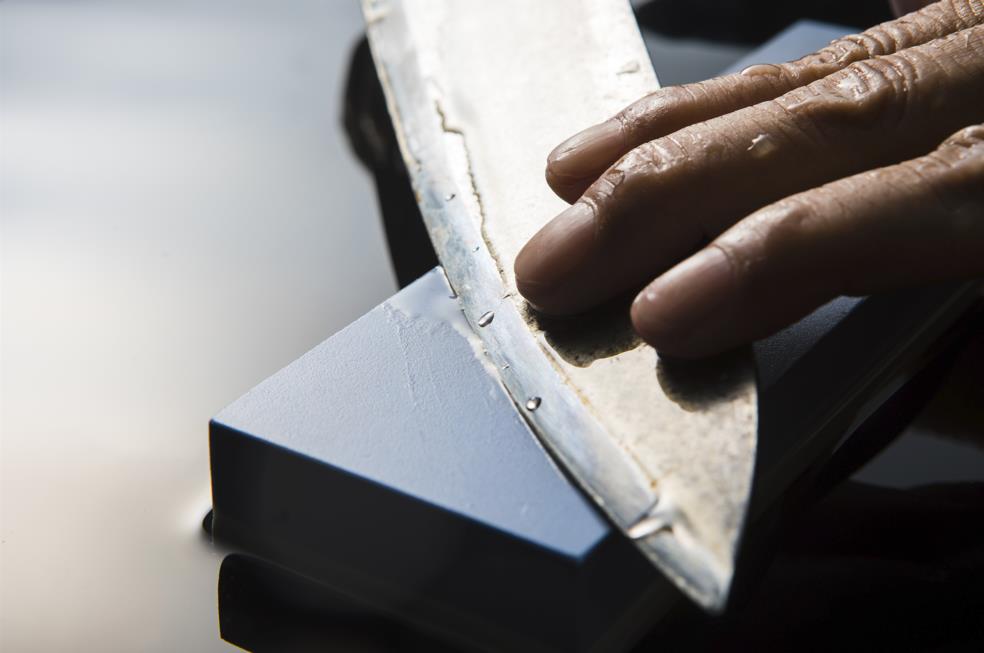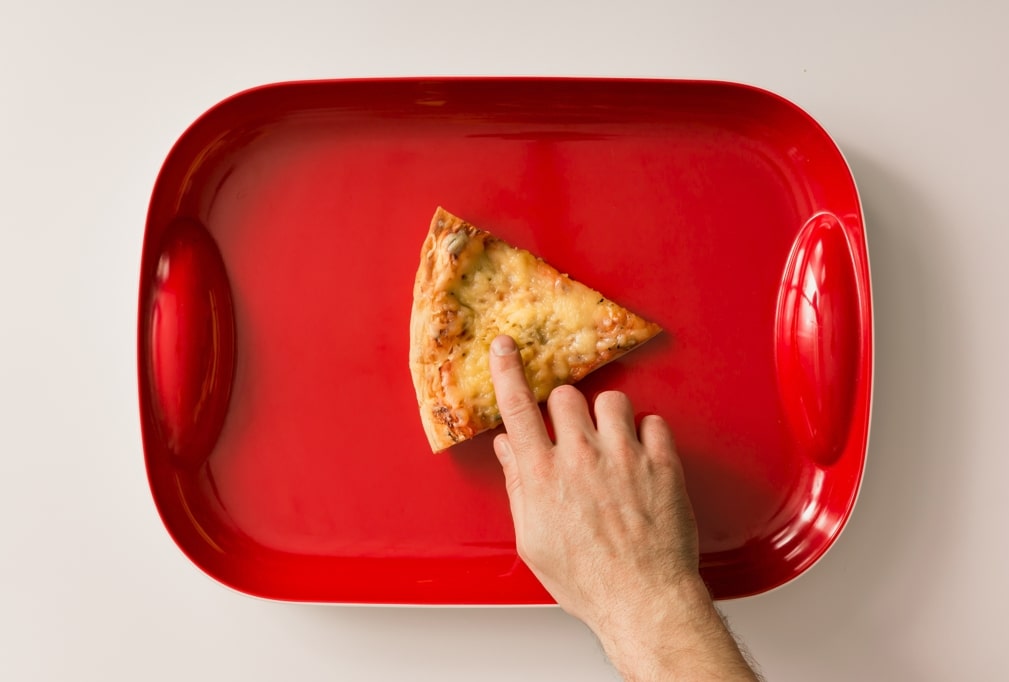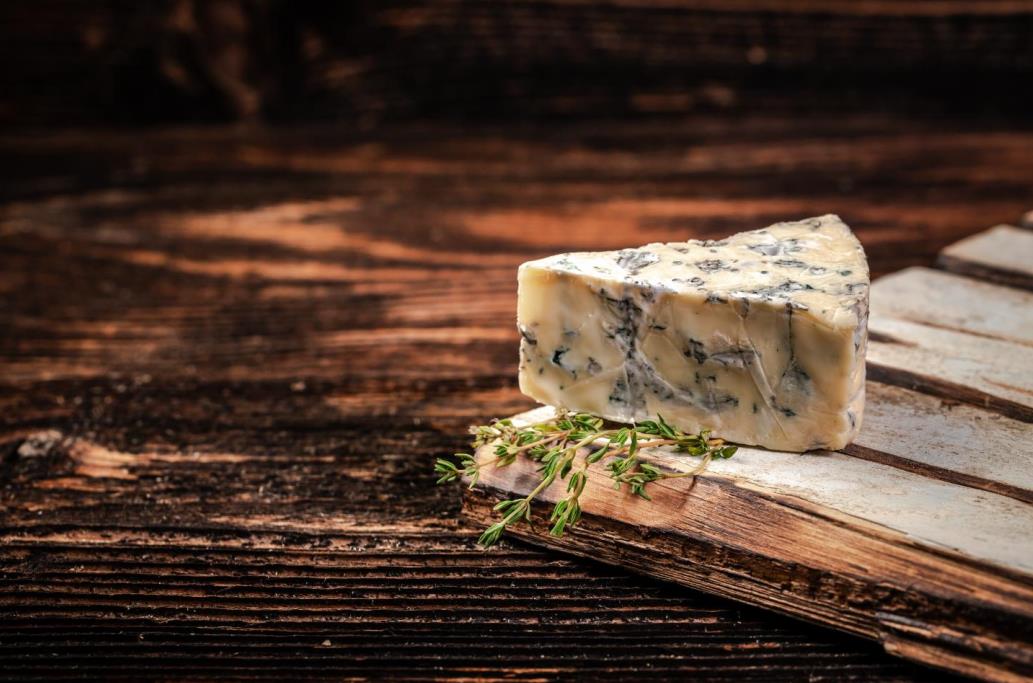One of the key practices to keep a knife at its best is to sharpen it regularly. The best tool for this is almost always a whetstone, and just like your knives, they need care too.
Whetstones, also known as water stones or sharpening stones, are porous. That’s why we submerge them in water to fill in the air bubbles. Every single push and pull on the whetstone creates a paste-like slurry that helps sharpen the knife. Although most of this paste is washed off when you rinse the whetstone, some finer particles make it inside the pores.
Without a doubt, the slurry is a significant contributor that helps sharpen our knives. Still, it can work against us at the same time by clogging the air bubbles, making it a dirty whetstone that needs cleaning.
In this article, we’ll go over how to clean a whetstone and the necessary steps to keep one in good condition to sharpen our kitchen knives perfectly.
Table of contents
When to clean a whetstone and how often?
The same as knives, there isn’t a set schedule for when to clean a whetstone. It depends on usage and how well you cleaned it the last time.
You will know when to sharpen a knife. It won’t cut as easily as before, and the blade’s weight will work against you. Your knife will basically tell you that it’s time to sharpen, and it’s no different with whetstones. As long as you know where to look, you’ll know it’s time to show some care to your whetstone.
After rinsing the whetstone following the use and leaving it dry for a few days, examine for small build-ups of filings on the surface. It doesn’t have to be the mineral filings that came out from the stone. The metal removed from the blade’s edge to create a new, sharper one can also clog the pores. Depending on the type of steel, you can even see these metal flecks shining on the whetstone.
Once these signs become apparent, it’s a strong indication for telling you it’s time to clean the whetstone. Here is how to clean a whetstone and keep it in top shape.
Step-by-step guide to cleaning a whetstone

There isn’t a single way to clean a whetstone. The type of whetstone, natural or synthetic, and how dirty it is will change how you clean it. Still, regardless of how you do it, following the standard practices to clean a whetstone will make one that’s as good as new.
Remove mineral filings and metal flecks
As noted, the mineral filings and metal flecks make a whetstone dirty. You will need to remove them to make the whetstone last and sharpen your dull knives longer. Removing these is a multi-step process that can be considered deep-cleaning in the end. It’s ultimately the right way to clean a whetstone that’s never been cleaned or one that’s been scrubbed in a while.
What you’ll need:
- Honing oil
- An old toothbrush or nail brush
- Paper towel or damp cloth
Honing oil is a standard for cleaning whetstones. It’s a type of mineral oil, but it’s different from the ones we use on carbon steel blades to prevent oxidation.
Don’t use food-grade mineral oil as a replacement to clean your whetstone. If you can’t get ahold of any, baby oil is an excellent substitute as it’s free of harsh chemicals and won’t leave any rancidity. Utilize the right oil and follow these below steps to remove filings from your whetstone.
Handpicked for you
True cutting power in the palm of your hand
Steps
- Apply a drop of honing oil on the whetstone and spread it evenly. The amount of honing oil to use should be labeled on the packaging but lay more as you deem necessary.
- Using the brush, scrub the surface with small, circular motions. Continue scrubbing until the filings come out from the pores.
- Wipe the debris with a paper towel once you feel confident that the pores are clean enough. If the whetstone was quite dirty, use a damp cloth instead.
- Now, rinse the whetstone under running water for two to three minutes. Keep the whetstone under running water longer if you see any residue of filings and metal dust coming out from the whetstone.
- Lastly, pat the whetstone dry with a towel and leave it to air-dry overnight. Storing the whetstone wet in an airtight environment can lead to molding.
This is the most effective method for cleaning a whetstone and works great to open up stubborn clogs and remove filings. You can think of this as a deep cleaning for your whetstone. If you’ve used the whetstone a few times and want to ensure it’s clean enough before the next sharpening session, there are less time-inducing ways.
Remove dirt using WD-40

Even if you don’t use the whetstone, it will pick up dust and eventually get into the pores. This can happen to whetstones that you don’t use as often, like the coarsest stone you keep in case a blade needs repairing. A great approach to removing dust and dirt within the pores is using the almighty WD-40 – here is how.
What you’ll need:
- WD-40
- Fine steel wool
- Paper towel and damp cloth
Before spraying the whetstone with WD-40, put some paper towel or cloth under it. Doing this will prevent the dirt and WD-40 from scattering all over the place.
Steps
- Apply a thick coat of WD-40 to the whetstone’s surface. The coat should be even throughout the whetstone. Make sure to do this in a well-ventilated area, like your porch or balcony, as WD-40 can be pretty toxic.
- Scrub the whetstone lightly using the steel wool in circular gestures with light pressure.
- The WD-40 and dirt will come out to the surface as you’re scrubbing. Once there is enough build-up, wipe everything away with a damp cloth.
- After the surface is clean, wipe under the whetstone, rinse with warm running water, and leave it to air-dry overnight.
Although this cleaning method won’t be as efficient as the previous one, it’s less time-consuming and straightforward. Removing dirt and dust with WD-40 now and then won’t require deep cleanings as frequently.
How to care for your whetstone
Just like your kitchen knives and cutting board, whetstones require some maintenance. However, these care needs aren’t as significant. Keeping it clean, drying it entirely before storing, flattening it when it becomes uneven, and properly storing it is all it takes to keep a whetstone in top shape.
Storing
Keep your whetstone in a place where it won’t get damaged. As it’s dense, blows to it can ruin the whetstone, and the same goes for dropping it. Make sure to store your whetstone in a location that won’t be susceptible to these. If you have a carrying case for your knives, the chances are there is a slot for a whetstone. Storing your whetstone in a well-padded bag is much better than your top kitchen cabinet.
Flatten the whetstone

Over time, the surface of the whetstone will become uneven. It will mainly decline in the middle, as it’s the part where you’ll do the strokes to sharpen the edge most often. This uneven surface will be bothersome, as well as opening the door for dirt and grime to get within the pores easily.
It’s best to flatten the whetstone when it’s time not only to avoid dirt and grime building up but also to make sharpening easier. You can either flatten the whetstone after it dips in the center or before every use. Since this won’t happen right away, most people will be fine flattening their whetstones after five to ten uses.
There are a couple of ways you can go about evening out a whetstone, but the most straightforward method is to use the flattening plate that comes with it. If the whetstone didn’t come with one, there are other ways. Here is how to flatten a whetstone.
Using a flattening plate
- Use water to lubricate the whetstone. If it’s a synthetic whetstone or a coarse one, using honing oil instead can help flatten it faster. Water as grease works just well on natural whetstones, such as the natural Japanese water stones.
- Hold the flattening plate with both hands on the opposite ends, with the grooved side facing the whetstone. This will allow you to distribute the pressure evenly instead of using only one hand.
- Rub the flattening plate. The grooves on the flattening plate will carry away the extra material. Wipe the surface of the whetstone as needed.
Assuming your flattening stone is most likely made from silicon carbide, it shouldn’t take too long to flatten it entirely. However, take your time and rub it on the whetstone until you see the new surface appear. It’s not just the sides you want to even out when flattening a whetstone. The aim is to create an entirely brand-new surface to sharpen your knives.
Using sandpaper
If you don’t have a flattening plate, you can use sandpaper, though it will take more effort and attention. Additionally, you can glue sandpaper to a sturdy piece of wood and use it the same way as a flattening plate.
- Lubricate the surface of the whetstone with water or oil.
- Using 100-grit wet-dry sandpaper, sand the edges first. As it’s evening out, rub the entire surface, much like when sharpening a blade – from one end to the other.
- Since 100-grit is quite abrasive for whetstones, there will be a fair amount of scratches. You can lastly polish the surface using 400-grit wet-dry sandpaper.
Note that using 100-grit sandpaper every time you flatten the stone will result in it wearing out quickly. Instead, use 400-grit sandpaper if you prefer flattening the whetstone every time before use.
Also, use your fingers as you work with the sandpaper, not your palms. You may even out the whetstone surface much more quickly using your palms as you’ll be able to put more pressure, but it will also scratch the surface significantly. Instead, rub the sandpaper gently and take your time.
Takeaway
Cleaning and caring for a whetstone is often overshadowed by the upkeep of kitchen knives and cutting boards. Still, they are just as important. Keeping a whetstone clean will help you sharpen a knife faster and more efficiently.
You may never avoid sharpening a kitchen knife, but at the very least, you can get one with superb edge-retention. Shop for handmade carbon steel kitchen knives at the HDMD Knives store.













